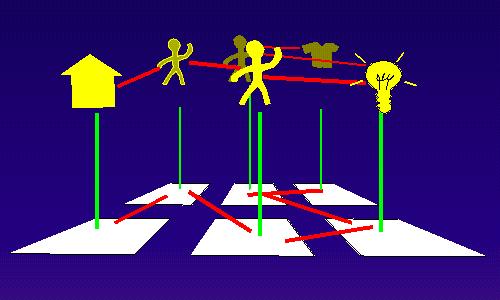(and maybe a reader will give me the French translation – I do not know the gender).
I am delighted to be speaking at WWW 2007 in Banff Canada as Canada has a very high profile in Open activities. This is is not a comprehensive survey and depends on people I have met or have encountered virtually – order is idiosyncratic.
Heather Morrison has been very active in promoting Openness – coincidentally she posted a a request for a summary of open data just today.
Here’s her home page, splendidly called the The Imaginary Journal of Poetic Economics
Imagine a world where anyone can instantly access all of the world’s scholarly knowledge – as profound a change as the invention of the printing press. Technically, this is within reach. All that is needed is a little imagination, to reconsider the economics of scholarly communications from a poetic viewpoint.
At the same time, she got a reply from Alison Ball:
Heather
There are descriptions of Canadian data sites at http://dac.cisti.nrc.ca/datact_e.cfm. Some examples of data sets that could be of interest to laypersons are:
- Canadian Poisonous Plants Information System
- Canadian Bird Trends
- CADRMP Adverse Reaction Database
- National Climate Data and Information Archive
- Ontario Sport Fish Contaminant Monitoring Program
Wow! Just the sort of material I was looking for! These are exactly the sorts of data that should be Open. Alison is in the National Research Council of Canada which is also much more proactive than most at insisting that data become free.
And here are some more people and instances that I have been sent and Canada can be proud of:
Francis Ouellette – see the Ouellette declaration. Andrew Waller, librarian from the University of Calgary and OA advocate. John Willinsky & the PKP Project / OJS. Canada has a recently, well-funded project called Synergies to support scholarly publishing – most of the nodes (SFU, University of Calgary) are strong supporters of open access.
